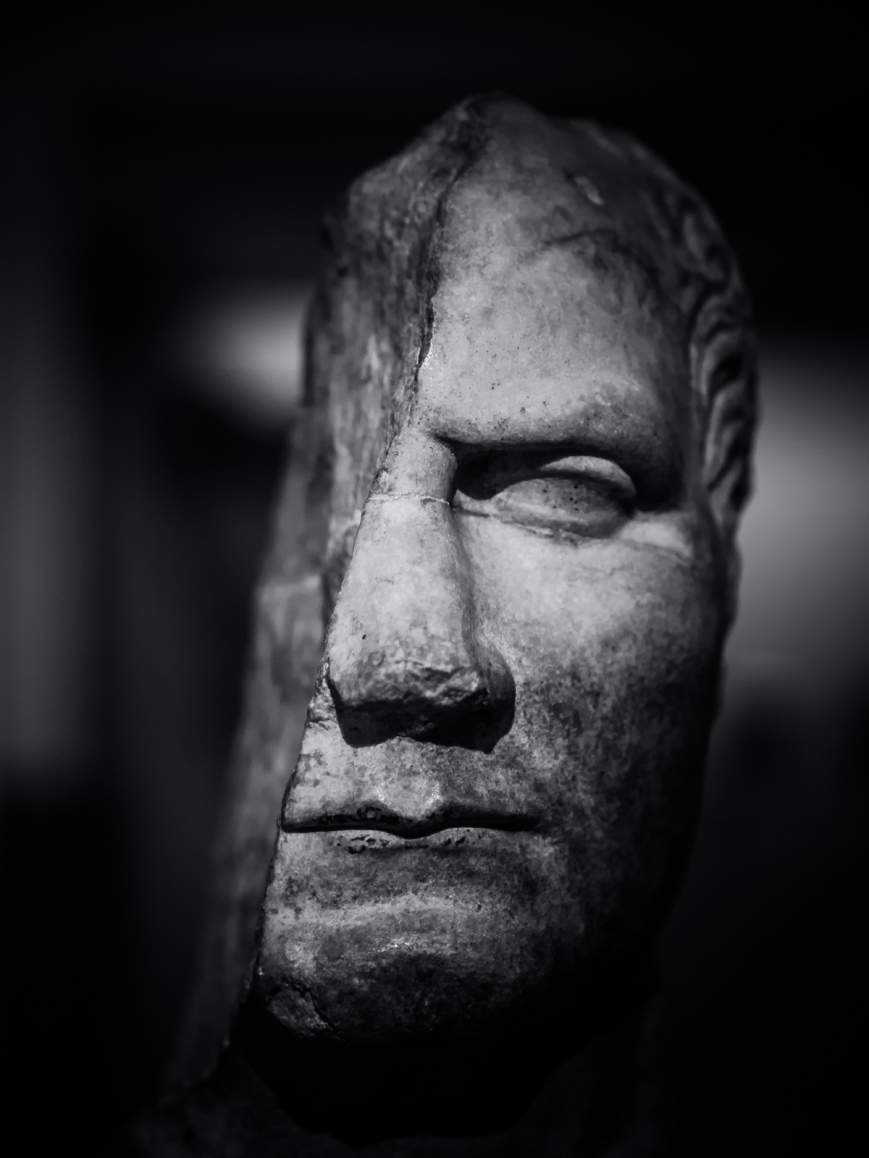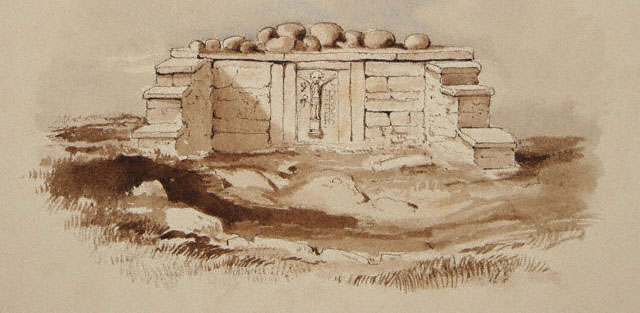
Image: William Warby / Flickr (CC BY 2.0)
I recently had the pleasure of reading an interesting article by Andrew Gardner which has just been published in the Journal of Social Archaeology, entitled: ‘Brexit, boundaries and imperial identities: A comparative view’ (January 17, 2017). The paper set out to explore the dynamics of imperial identity formation, both past and recent present, via the background of Brexit, Border Studies and frontier frameworks. In doing so, it draws upon several chronological examples, the most interesting to me of course being that of Insular Britain in the 4th and 5th centuries AD.
I have always been particularly interested in the creation, interplay and maintenance of multiple identities in the North Western Frontier Zone of Britain, South West Scotland and the Irish Sea during the same period – especially given the areas importance when it comes to Early Insular Christianity. Sites such as at Kirkmadrine, Whithorn, Maryport, Kirkliston et al, provide fleeting evidence for an early western regional Christian activity, commemoration and identity expression, not to mention the placing and effect of Hadrians Wall on peoples on both sides.
Indeed it is from this same area that the Historical Patrick most likely hailed from, and within whose writings we can find a complex articulation and cognition of multiple religious and cultural identities – Irish, British, Pictish and Roman. Gardner’s interest in exploring the role and impact of ‘peripheral’ locations in the articulation, maintenance and transformation of larger imperial ‘core’ identities is well placed and the wider region’s geographic, political, economic and social interfaces in the 4th and 5th centuries provide an ideal vehicle for doing so.
Of course, we do not need to look very hard in the modern world to see that distinct cultural, religious and ethnic polities which border one another often result in a more visible and articulate ‘peripheral’ self expression/cognition of ‘core’ identity. Having a clearly defined and regular ‘other’ in plain sight provides ample social and political opportunities to develop cognitive and cultural distinctions of ‘Them’ and ‘Us’. And it was, naturally, no different in the past. The writings of the Historical Patrick provide a rare, but valuable, window on the same.
Imagine my surprise then, to find two rather strange, almost throwaway statements by Gardner (albeit referencing others) on the very subject of the Historical Patrick’s own sense of identity – namely, that “he appears to have abandoned the idea of being Roman’ and that “he did not associate his religious identity with ‘Romaness'”.
I quote both below, in context (with my bold for emphasis). Although I suspect the second example may not have been intended by the author as a direct reference to Patrick, I include it for clarity anyway – mainly due to it echoing the original statement and also the fact that Gardiner references the same author’s book in both cases.
More clearly, there is actually evidence for the continuation of both ‘British’ and ‘tribal’ identities after the end of Roman administration in the early 5th century, particularly from some of the small number of insular written sources, such as inscribed stones (White, 2007: 154–176, 202–207), and the 5th/6th century writings of Patrick and Gildas. It is especially notable that both of these authors appear to have abandoned the idea of being Roman (even though they write in Latin), but do identify as Britons (Higham, 2002: 39–73; Jones, 1996: 121–130).
Gardner (2017), ‘Brexit, boundaries and imperial identities
Whether such patterns fully provided the resources for a ‘British’, as opposed to regional, identity is difficult to judge, partly because few artefact types survive the economic changes following on from Roman administrative withdrawal, and partly because our later ‘British’ written sources do not clearly articulate this identity in material terms, but rather in terms of Christianity vis-à-vis the pagan Saxons, and indeed the role of the church in social relations at this time is probably very significant (Higham, 2002: 59–72). However, it is ironic – but quite telling – that these Christian writers do not associate their religious identity with ‘Romanness’.
Gardner (2017), ‘Brexit, boundaries and imperial identities
While this is no doubt true of the likes of Gildas, such a statement concerning the Historical Patrick would not, in this decade, find much support among anyone with a passing familiarity with his two surviving 5th Century documents. In fact, not only can such a view be shown to clash considerably with Patrick’s own words, in-text allusions and inferences; it fundamentally misunderstands the very motivation behind Patrick’s lesser known document, the Epistola, or ‘Letter to the Soldiers of Coroticus’ – a document which, while promoting a somewhat idealized Christian version of Insular British Romanitas, nevertheless rests on Patrick’s own sense of his privileged background, status and entitlement as an Imperial Roman citizen.

